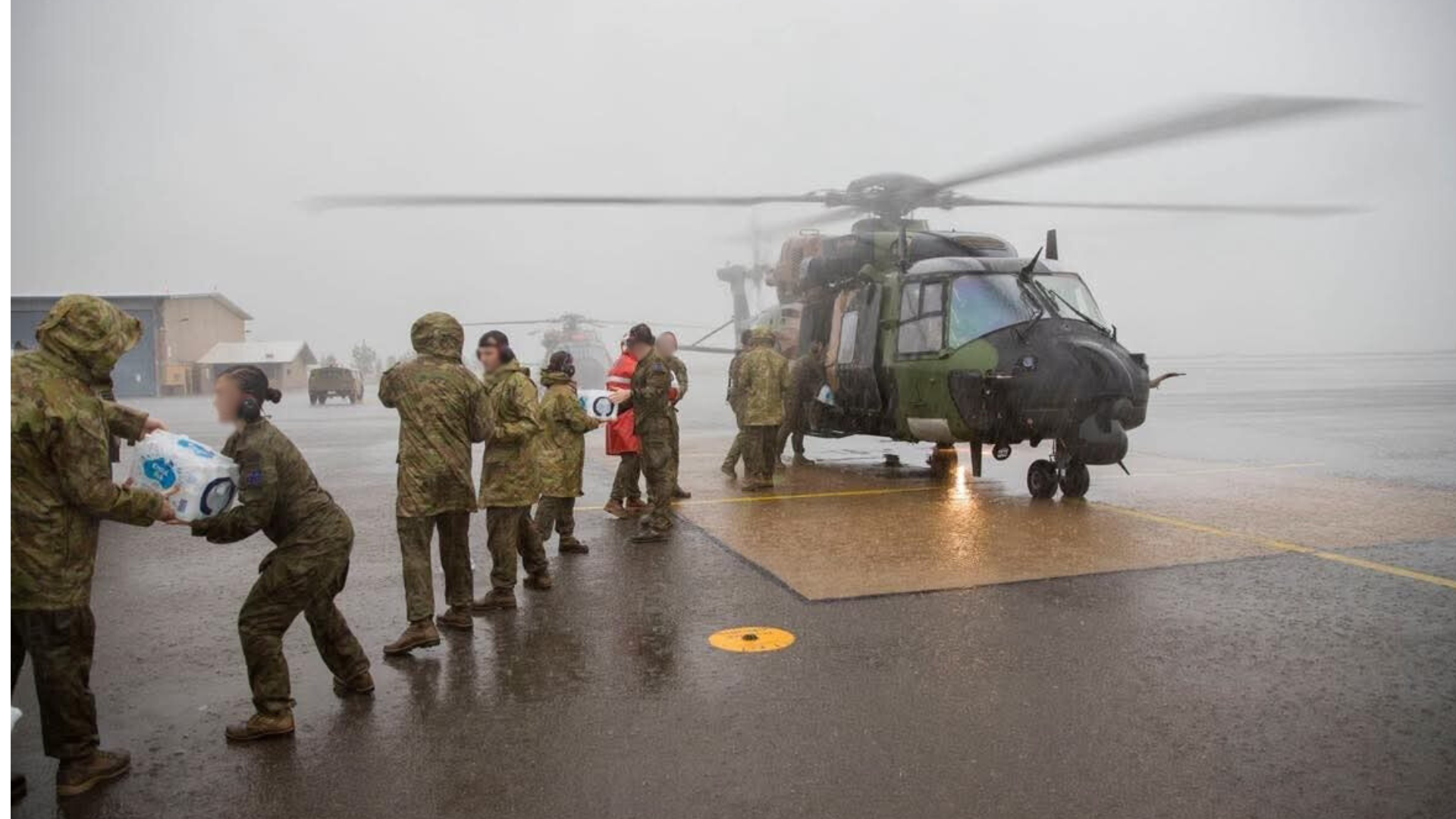
Saltwater Intrusion into Drinking Water Supplies in the Pacific: A Chronological Review
Introduction
Freshwater scarcity is an escalating challenge across Pacific islands, exacerbated by saltwater intrusion caused by climate change, sea-level rise, extreme weather events, and island geology. Despite being surrounded by oceans, many Pacific island communities suffer critical freshwater shortages, highlighting their urgent need for proactive water management solutions like desalination and enhanced rainwater harvesting.
This review details significant saltwater intrusion incidents over the past 15 years across Tuvalu, Tokelau, Kiribati, Vanuatu, Nauru, Tonga, Fiji, and the Marshall Islands, demonstrating the extensive vulnerability of Pacific islands.
2011: Tuvalu and Tokelau – Severe Drought Crisis
An intense drought, amplified by a La Niña event, severely depleted freshwater resources, contaminating groundwater due to rising sea levels.
-
Consequences: Extreme water rationing, contaminated drinking wells, public health emergencies, and agricultural devastation.
-
Responses: Immediate distribution of bottled water, portable desalination units, and expanded rainwater harvesting infrastructure.
2013–2014: Marshall Islands – Dual Crisis
Extreme drought combined with damaging king tides devastated drinking water supplies.
-
Consequences: Critical freshwater shortages, health crises, crop failure, infrastructure damage.
-
Mitigation: Emergency desalination plants, improved rainwater systems, coastal defense enhancements.
2015–2016: Cyclone Pam's Impact in Tuvalu, Kiribati, and Vanuatu
Cyclone Pam caused significant saltwater flooding, contaminating freshwater supplies extensively across Tuvalu, Kiribati, and Vanuatu.
-
Consequences: Severe drinking water shortages, widespread agricultural losses, health crises.
-
Responses: Emergency deployment of desalination equipment, improved rainwater harvesting, community education programs.
2016: King Tide Crisis in Kiribati
King tides inundated freshwater lenses, severely impacting drinking water availability.
-
Consequences: Increased groundwater salinity, widespread well contamination, public health risks, agriculture affected.
-
Mitigation: Elevated rainwater tanks, coastal protection projects, community emergency training.
2018: Fiji Post Cyclone Winston
Cyclone Winston’s powerful storm surges contaminated groundwater and rainwater tanks across Fiji.
-
Consequences: Massive freshwater contamination, public health threats, crop failures.
-
Mitigation: Immediate aid deployment, desalination plants, resilient infrastructure rebuilding.
Ongoing Crisis: Persistent Salinity Issues in Nauru
Nauru’s porous island geology results in chronic freshwater shortages, with 30% of wells showing dangerous salinity levels.
-
Consequences: Dependence on imported freshwater, continuous public health risks.
-
Responses: Groundwater monitoring programs, enhanced rainwater harvesting, emergency desalination solutions.
2022: Tonga’s Volcanic Tsunami Disaster
The eruption of Hunga Tonga–Hunga Ha’apai severely contaminated drinking water supplies with seawater and volcanic ash.
-
Consequences: Nationwide water contamination, widespread agricultural losses, severe public health crises.
-
Responses: International relief, desalination plant deployment, groundwater backup wells, improved rainwater storage.
Additional Occurrences and Ongoing Challenges:
-
Kiribati: Extremely limited freshwater availability with only one freshwater lake, ongoing reliance on emergency desalination.
-
Tuvalu: Increasing frequency of salty groundwater incidents, worsening freshwater availability.
-
Nauru: Critically limited freshwater lens (3-5 meters thick); groundwater rapidly turns saline just 2 meters below freshwater.
-
Marshall Islands: Few natural freshwater ponds, chronic vulnerability to seawater inundation events.
-
Vanuatu: rising sea levels and coastal erosion in Vanuatu are leading to saltwater intrusion into freshwater wells
Factors Driving Saltwater Intrusion
-
Sea-Level Rise: Increasing saltwater intrusion, particularly affecting low-lying atolls.
-
Climate Change: Intensified droughts and storms significantly strain freshwater lenses.
-
Groundwater Mismanagement: Excessive groundwater extraction accelerates salinity.
-
Extreme Weather: Storm surges and king tides rapidly contaminate freshwater resources.
Adaptive Strategies and Mitigation Approaches
Pacific island communities are increasingly investing in:
-
Robust Rainwater Harvesting: Increased storage capacity, improved catchment systems.
-
Desalination Solutions: Emergency and permanent units, critical in managing crises.
-
Groundwater Management: Sustainable extraction and recharge, monitoring groundwater salinity.
-
Coastal Defense Measures: Natural protection via mangroves, seawalls, and protective barriers.
-
Community Preparedness: Early warning systems, public education, and emergency training.
Conclusion
Saltwater intrusion is increasingly threatening freshwater resources in the Pacific. Solutions require proactive planning, resilience building, and innovative technologies. Initiatives like LEDI’s AquaGen provide practical, portable, and reliable solutions to address immediate and long-term water security challenges across the Pacific region.

